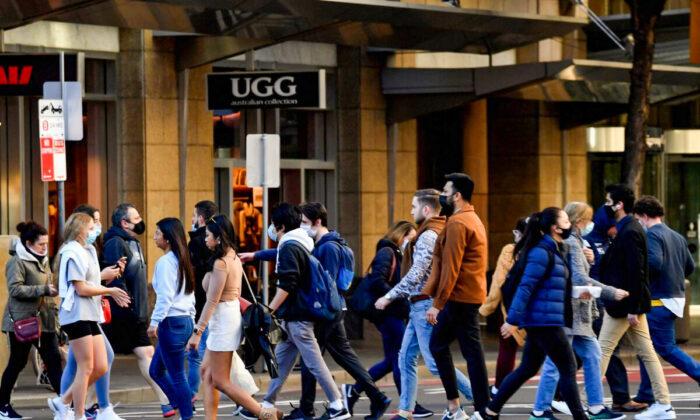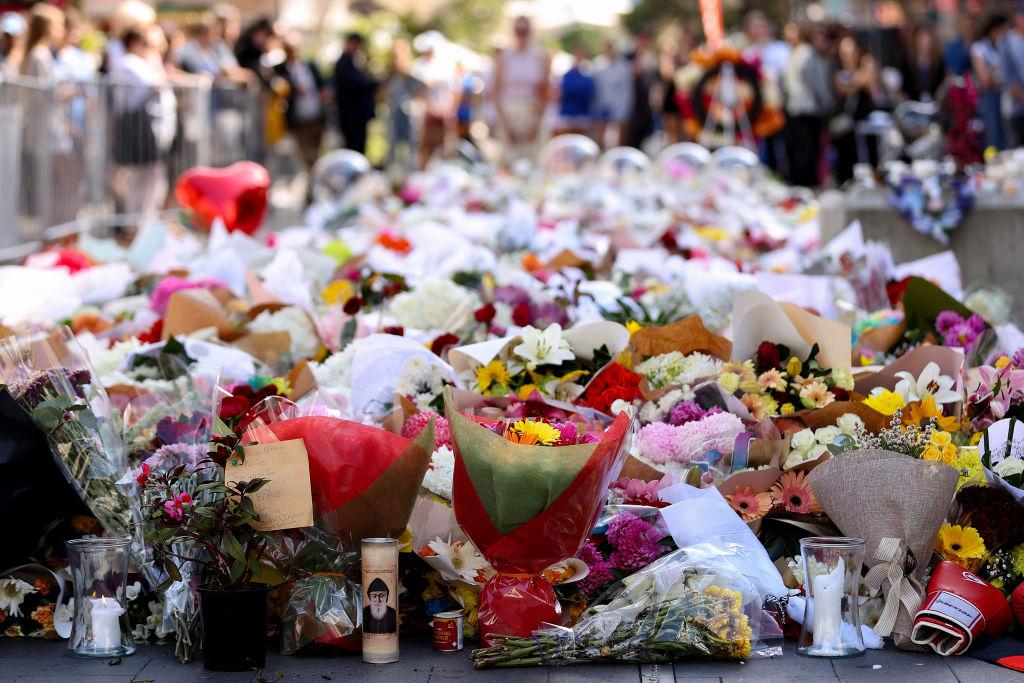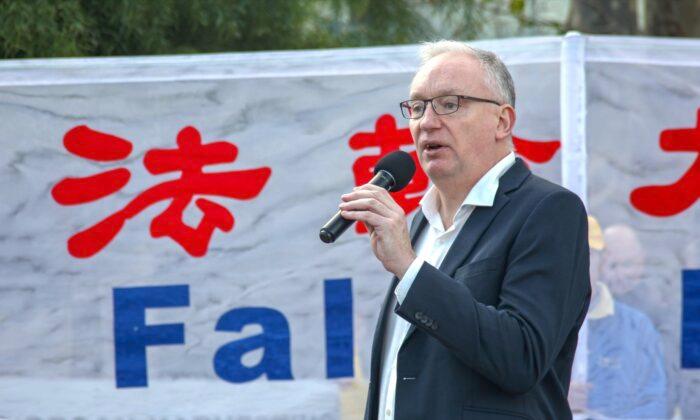Job mobility in Australia rose to the highest level in a decade, with almost one in ten employed people switching jobs in the 12 months to February, according to the Australian Bureau of Statistics (ABS).
ABS head of labour statistics Bjorn Jarvis said job mobility had been trending downwards for decades before reaching a record low of 7.5 percent during the first year of the pandemic.
“As the labour market has progressively recovered, we have seen an increase in job mobility, with 1.3 million people changing jobs during the second year of the pandemic,” he said, noting that some of the movement in 2021 would have been due to delayed or deferred changes from 2020.
Job mobility rose in all occupation groups, lead by administration workers and machinery operators.
By industry, the largest increase was seen in professional and technical services, while mining was the sole industry that showed a decline in job mobility.
“In changing jobs during the year ending February 2022, people were more likely to change their industry (57 percent) than their occupation (45 percent),” Jarvis said.
Senior economist at KPMG Sarah Hunter said this was “by and large” demand driven with many people able to find jobs in a tight labour market, evident by the low unemployment rate.
While the latest data on wage growth show annual wages grew 2.4 percent, Hunter noted that workers who managed to get a pay rise in the private sector received a 3.5 percent wage increase.
“That, for me, just tells me these people that were changing jobs, in fact one in ten people, they were probably able to bargain for higher rates of pay,” she said.
Former Treasurer Josh Frydenberg previously called the situation in Australia a “great reshuffle” rather than a great resignation.

In a global survey of over 52,000 workers in 44 countries, PwC found that one in five workers would likely switch to a new employer in the next several months, with Gen Z being the most likely to.
“At the same time, workers are not just looking for decent pay, they want more control over how they work and they want to derive greater meaning from what they do,” PwC Global Chairman Bob Moritz said.
ABS also revealed information on people who were unemployed and not in the labour force, or not actively searching for a job.
In February 2022, there were 1.8 million people who were not working but wanted to work, of which 1.2 million were not in the labour force.
Out of the 1.8 million people, 745,000 people wanted to work and were available to start within four weeks but did not actively look for work. The main reasons were because of attending an educational institution and childcare.





